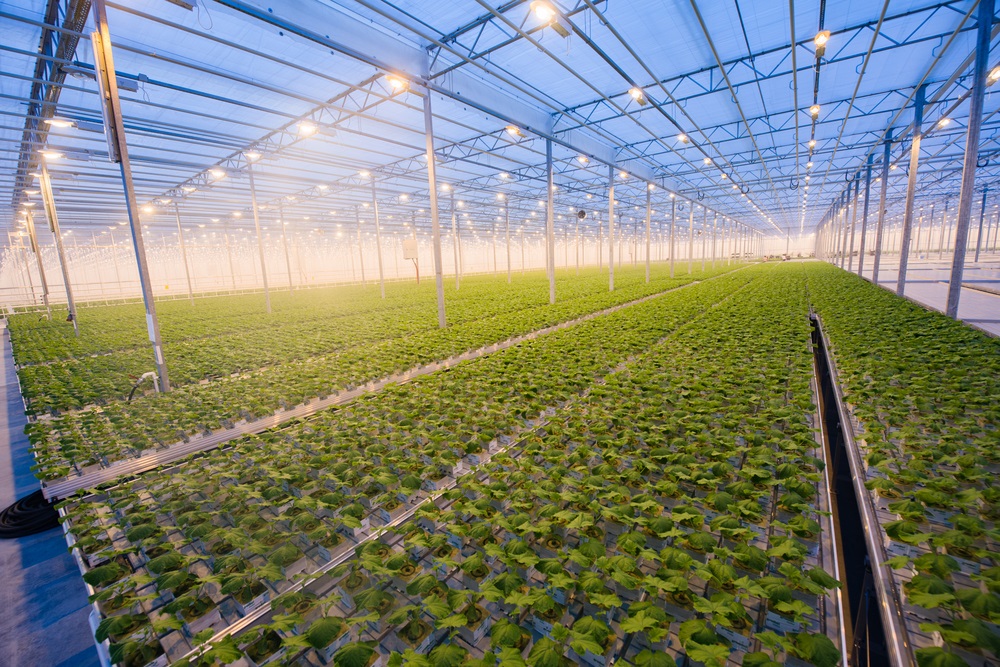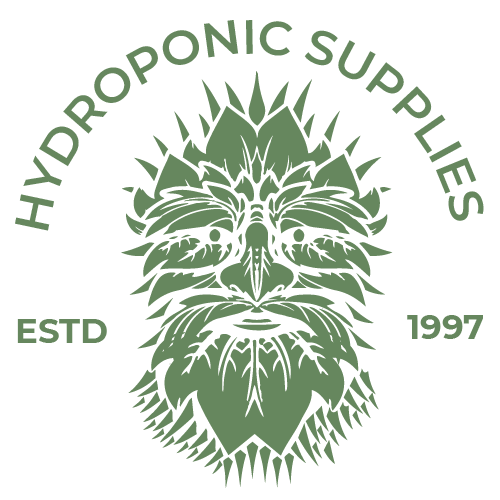
Ever thought of future about having enough food to survive by using fewer resources? Have you heard of hydroponic garden? Do you know the difference between traditional/soil farming and water based farming?
For the answers of above mentioned questions, let’s have a look to informational blog by Creative Grow Store. For quality hydroponic supplies, visit the products’ page.
Introduction to Hydroponic Gardening & Agriculture
Agriculture is the science of farming. It includes cultivation of soil for growing crops in fields to provide food. Crop and livestock production, aquaculture, fisheries, and forestry for both food and non-food goods are all counted in agriculture. It allows people to raise domesticated animals and produce surpluses of food.
On the other hand, hydroponics is a technique of growing plants through water-based solution/nutrients instead of soil. Hydroponic farming is a pathway to more sustainable environment and healthy food without usage of heavy chemicals. No pesticides, faster growth, increased water consumption, greater use of natural resources and limited consumption of fossils are the biggest environmental benefits of hydroponic plantation.
Impact of Hydroponic Gardening on Agriculture
- Plants produced hydroponically need far less room than those grown in soil. Depending on the technology, vertical farming methods paired with hydroponics can utilize up to 97% less land than conventional farming methods.
- Hydroponic plants have a lesser environmental impact because their roots do not need to extend out to find moisture and nutrients.
- Depending on the hydroponic technique being used, water and nutrients are directly given to the roots either occasionally or continually. As a result, more plants can be grown in a smaller area because each plant’s root system can occupy less space.
- Global food production is using more water than ever before. A single cup of lettuce is thought to require around 3 gallons of water to produce using conventional techniques. A serving size of 2.7 ounces of broccoli requires roughly 11 gallons of water to grow. About 8 gallons of water were utilized in the cultivation process for every 4.3 ounces of tomatoes you eat. It appears that hydroponics is a crucial step in the process, if we are serious about preserving water.
- Within a hydroponic glasshouse, hydroponic plants can be readily contained. They don’t have to be treated with a variety of insecticides and aren’t at the mercy of pests. Plants can be grown all year long in temperature-controlled environments. Additionally, even the amount of sun that is accessible is not a problem with artificial grow lights.
- By fostering appropriate conditions in hydroponics, acquire the ideal quantity of nutrients, which come into contact with roots directly in hydroponic container.
- Yield from hydroponic glasshouses can be roughly 240 times greater than other farming techniques.
- Workable soil is vanishing from the planet swiftly. In the previous 150 years, topsoil has reportedly been destroyed on half of the planet. There are more people for us to feed, yet there is less soil available for planting.
- Soil quality varies greatly from one place to another, and many plants have strong preferences for particular soil types. This means that conventional farmers can only cultivate crops that are compatible with the local soil.
- One can get supplier from hydroponic stores anytime in the year without waiting for the seasonal growth & material like traditional farming techniques.
- The growth of hydroponics gardening is 30-60 percent faster than soil one, so one can manage the target of producing more greens and fruits for entire year. Like strawberries get expensive after the season and those who preserve them sells on double price.
- Benefit of growing plants through water-based technique is to carry the gardens at your own premises rather spending money on import/export.
- Hydroponics technique carries the importance of chemical free production with less energy consumption than conventional methods.
Conclusion
In Australia, you can grow four times more as many crops using hydroponics in the same area as you could with conventional/traditional soil-based farming. The quality of the soil, health of the surrounding ecosystem, and the availability of drinking water are all adversely affected by ground water contamination. We can mitigate some of these effects by incorporating hydroponic farms and gardens.
Cutting back on excessive water use in the agricultural farming will have a significant impact on water supplies in Australia and around the world. Hydroponically growing plants can reduce water consumption by up to 90% when compared to traditional forms of agriculture, which account for about 70% of global water usage. Thinking about “hydroponic store near me”, Give a try to Creative Grow Store and experience quality hydroponic equipment suppliers.
